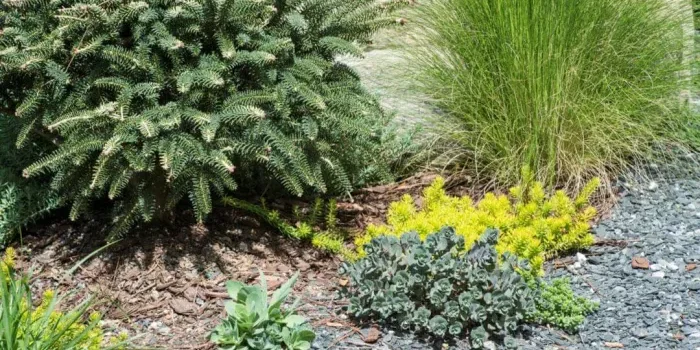In the heart of desert landscapes where water is scarce and temperatures soar, creating lush, vibrant gardens might seem like an impossible dream. However, with the right approach to landscaping, it’s entirely feasible to transform arid environments into thriving oases while conserving precious water resources. Let’s explore some innovative techniques for sustainable landscaping in arid climates, all while staying connected to the principles of sustainability embodied by Pristine Connections.
Table Of Content
Embracing Water-wise Landscaping Techniques
Understanding the Importance of Water-wise Approaches
Water-wise landscaping techniques are essential for thriving in arid climates. These methods prioritize efficient water use, minimizing waste while maximizing the health and vitality of plant life. By incorporating xeriscaping principles and drought-tolerant plant species, landscapes can remain lush and beautiful without placing undue strain on local water supplies.
Xeriscaping: The Art of Dry Gardening
Xeriscaping, a landscaping approach originating in arid regions, emphasizes the use of drought-resistant plants, strategic irrigation, and efficient design to create stunning outdoor spaces with minimal water consumption. By selecting plants native to the region and grouping them according to their water needs, xeriscaping minimizes the need for supplemental irrigation, making it a sustainable choice for arid climates.
Drip Irrigation Systems: Precision Watering for Optimal Efficiency
Drip irrigation systems deliver water directly to the roots of plants, reducing evaporation and runoff compared to traditional sprinkler systems. By providing water precisely where it’s needed, drip irrigation conserves water while promoting healthy plant growth. When combined with moisture sensors and timers, these systems ensure that plants receive just the right amount of water, minimizing waste and maximizing efficiency.
Rainwater Harvesting: Harnessing Nature’s Bounty
In arid climates, every drop of rain is precious. Rainwater harvesting systems capture and store rainwater for later use in irrigation, reducing reliance on municipal water sources. By collecting rainwater from rooftops and directing it into storage tanks or cisterns, homeowners can supplement their landscaping water needs while reducing their environmental impact.
Pristine Connections: Aligning with Sustainable Values
Environmental Responsibility at the Core
Pristine Connections embodies a commitment to environmental responsibility and sustainability. By implementing water-wise landscaping techniques, individuals and communities can align with these values, reducing their ecological footprint while enhancing the beauty and resilience of their outdoor spaces.
Promoting Ecosystem Health and Biodiversity
Sustainable landscaping practices prioritize ecosystem health and biodiversity, fostering habitats for native flora and fauna. By choosing native plant species and creating diverse landscapes, homeowners can support local wildlife populations while reducing the need for chemical pesticides and fertilizers, further enhancing the ecological balance of their surroundings.
Community Engagement and Education
Pristine Connections fosters community engagement and education, empowering individuals to make informed choices about their landscaping practices. By sharing knowledge and resources on sustainable landscaping techniques, communities can work together to create more resilient and environmentally friendly outdoor environments, benefiting both current and future generations.
Final Wording
In the face of climate change and increasing water scarcity, sustainable landscaping solutions are more critical than ever. By embracing water-wise techniques and aligning with the values of Pristine Connections, individuals and communities can create lush, vibrant outdoor spaces that thrive in even the harshest of arid climates. Through a combination of innovation, education, and collective action, we can cultivate beauty and sustainability in every corner of the desert landscape.
FAQ’s
Absolutely! While drought-tolerant plants are essential, there’s still a wide variety of species to choose from. Look for native plants adapted to your specific climate, soil, and sunlight conditions to create a diverse and beautiful landscape.
Erosion can be a challenge in arid climates, especially during rare but intense rainfall events. Implementing strategies like planting ground cover, using mulch, and creating terraces or retaining walls can help prevent soil erosion and maintain the integrity of your landscape.
Absolutely! Instead of water-intensive grass lawns, consider options like native grasses, ground covers, or gravel pathways. These alternatives not only conserve water but also require less maintenance and provide a unique aesthetic appeal to your landscape.
Shade is essential for protecting plants and creating comfortable outdoor spaces in arid climates. Consider options like pergolas, shade sails, or strategically placed trees and shrubs to provide relief from the sun while adding visual interest to your landscape.







